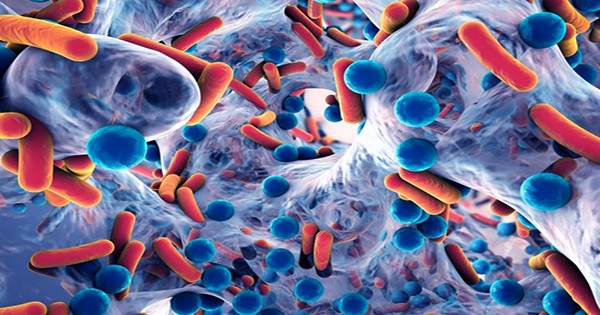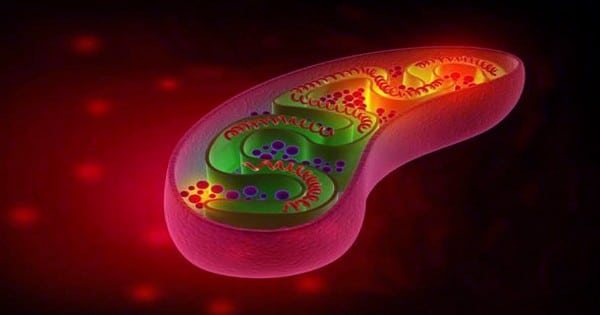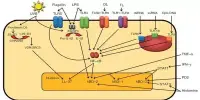Researchers found a mechanism that drives the emergence of multicellular life. They show how changed protein folding causes multicellular evolution.
In a recent study led by experts from the University of Helsinki and the Georgia Institute of Technology, scientists used an approach known as experimental evolution. In the ongoing Multicellularity Long Term Evolution Experiment (MuLTEE), laboratory yeast evolve unique multicellular functions, allowing researchers to examine how they emerge. The study, published in Science Advances, focuses on protein regulation as a key factor in understanding evolution.

“This study demonstrates the role of protein-level modifications in aiding evolutionary change, highlighting why knowledge of the genetic code alone does not provide a complete understanding of how organisms acquire adaptive traits. “Achieving such understanding requires mapping the entire flow of genetic information, extending to the actionable states of proteins that ultimately control cell behavior,” says Associate Professor Juha Saarikangas of the Helsinki Institute of Life Science HiLIFE and the Faculty of Biological and Environmental Sciences, University of Helsinki.
Snowflake yeast evolves strong bodies by changing cell shape after 3,000 generations.
Among the most significant multicellular changes is the evolution of robust bodies: over 3,000 generations, these ‘ snowflake yeast’ began weaker than gelatin but grew to be as strong and stiff as wood.
Researchers discovered a non-genetic mechanism at the heart of this novel multicellular characteristic that regulates protein folding. The authors discovered that when snowflake yeast produced larger, tougher bodies, the expression of the chaperone protein Hsp90, which aids in the formation of functional shapes for other proteins, decreased.
It turns out that Hsp90 worked as a critical tuning knob, disrupting a central protein that governs cell cycle progression and causing cells to elongate. This extended structure allows cells to wrap around one another, resulting in larger, mechanically stronger multicellular groupings.
“Hsp90 has long been known to stabilize proteins and help them fold properly,” says main scientist Kristopher Montrose of the Helsinki Institute of Life Science in Finland. “What we’ve found is that slight alterations in how Hsp90 operates can have profound effects not just on single cells, but on the very nature of multicellular organisms.”
Changing the structures of proteins can lead to adaptive evolution.
From an evolutionary standpoint, this study emphasizes the importance of non-genetic factors in rapid evolutionary change.
“We are used to focusing on genetic alterations, so we were startled to discover such significant changes in chaperone protein activity. “This demonstrates how creative and unpredictable evolution can be when solving new problems, such as building a tough body,” says Professor Will Ratcliff of the Georgia Institute of Technology.
















